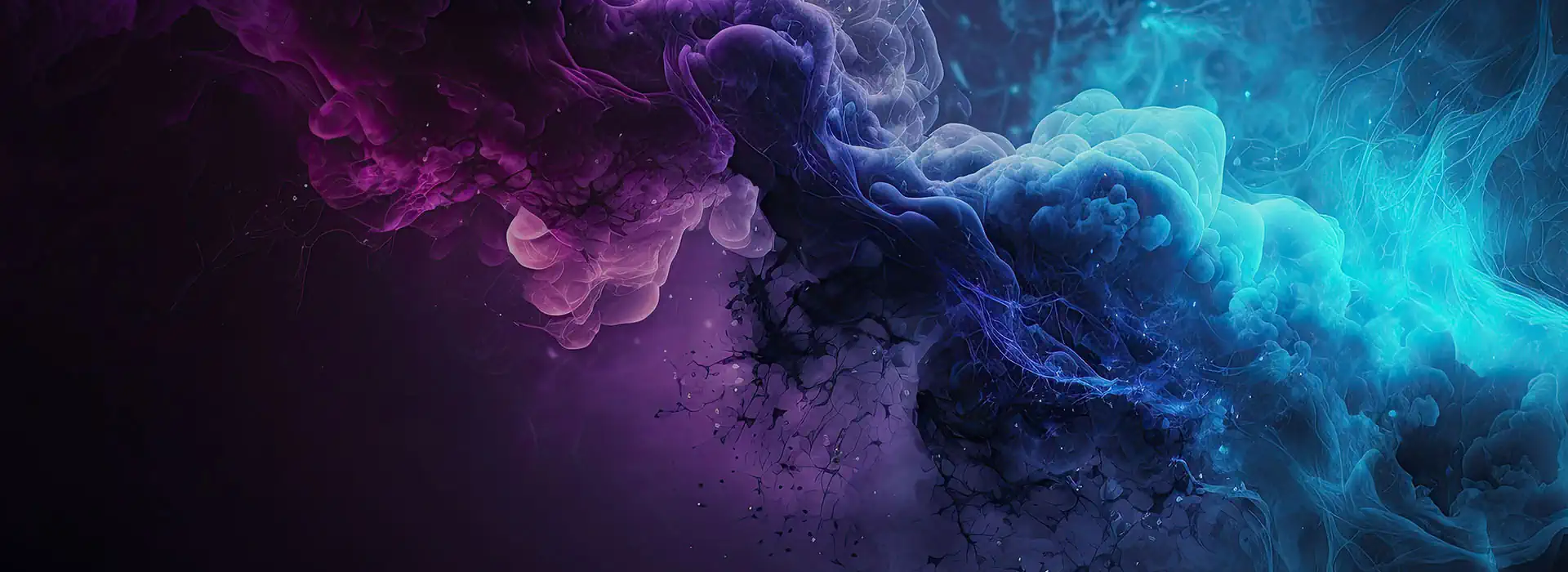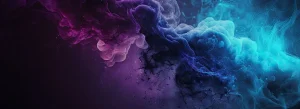As we move deeper into the digital era, the global motion graphics market is forecasted to be worth USD 89.92 billion in 2024, expected to achieve USD 141.48 billion by 2033 with a CAGR of 12%. The explosive growth of video consumption, coupled with revolutionary advances in AI technology and immersive experiences, has positioned motion graphics not just as a trend, but as a fundamental pillar of modern digital communication. From AI-powered animation tools to breakthrough applications in AR and VR, motion graphics in 2025 represent a convergence of creativity and cutting-edge technology that’s reshaping how brands connect with their audiences.
What Are Motion Graphics in 2025?
Motion graphics are animated visual designs created with digital video editing software, now enhanced by artificial intelligence and real-time rendering capabilities. In 2025, they encompass a broader spectrum of creative elements than ever before:
Traditional Elements:
- Graphics and typography
- Still images and video clips
- Audio integration
2025 Innovations:
- AI-generated animations from simple text prompts
- 3D assets seamlessly integrated into 2D motion design
- Real-time rendering and live interactive elements
- Procedural animations driven by mathematical formulas and real-world physics
The Evolution of Motion Graphics Goals
While the core mission remains unchanged — combining visuals and motion to communicate ideas dynamically — 2025 brings expanded objectives. Animations can now be tailored to specific audiences based on real-time user data, demographics, and behavior patterns. Motion graphics today must capture increasingly fragmented attention spans while delivering personalized, immersive experiences across a multitude of platforms and devices.
What Are Motion Graphics Used For in 2025
Traditional Applications Enhanced:
- Film and streaming platform title sequences
- Television commercials and digital ads
- Explainer videos and educational content
- Animated logos and kinetic typography
- Social media content
Emerging Applications:
- AR and VR immersive experiences
- AI-powered personalized advertising
- Interactive website animations that respond to user behavior
- Real-time sports graphics and live event overlays
- Gaming interfaces and interactive entertainment
How Leading Brands Are Revolutionizing with Motion Graphics
The approach of major brands to motion graphics has fundamentally evolved, incorporating AI tools and immersive technologies:
Apple continues to showcase products through sophisticated motion graphics, now enhanced with hyper-realistic 3D product visualizations and AI-powered animations that adapt to different markets and languages in real-time.
https://youtu.be/eDqfg_LexCQ?si=IShFqGfGiJplJtJ3
Tesla & SpaceX incorporate retro-futuristic elements to connect innovation with humanity’s timeless space-age dreams, using motion graphics that blend vintage aesthetics with cutting-edge technology.
https://youtu.be/Jt7DqX2AlNo?si=UVTynB7j4rAO7Xfn
Nike has embraced AI-driven text effects and kinetic typography in their inspirational content, creating motion graphics that automatically adapt messaging based on audience demographics and local events.
https://www.youtube.com/shorts/0iUtfwHXeo0
Netflix leverages AI to create personalized intro animations and promotional graphics that adapt visuals based on local weather conditions and viewer preferences, making each user’s experience unique.
The 2025 Motion Graphics Revolution: Key Driving Forces
AI Integration and Automation
The global AI in video production market is projected to grow from $1.4 billion in 2022 to $4.6 billion by 2027, fundamentally transforming motion graphics creation. Revolutionary AI tools like Runway ML, Adobe Firefly, Hera and Kling AI are making sophisticated animation accessible.
Advanced 3D Integration
3D animation works represent one of the main motion graphic trends in 2025, with software like Cinema 4D, Blender, and Unreal Engine enabling more engaging 3D motion graphics across web, mobile, games, and virtual reality.
The Social Media Explosion
The average person is expected to spend around 100 minutes per day watching online videos by 2025. Platforms like TikTok, Instagram, and YouTube demand eye-catching short videos with kinetic typography and dynamic text animations that capture attention in milliseconds.
2025 Design Trends Reshaping Motion Graphics
Kinetic Typography Renaissance
Kinetic typography is redefining storytelling in motion design, with words now leaping, twisting, and pulsing across screens. TV shows use animated text to set atmospheric tone, while brands craft snappy animated overlays for instant audience connection.
https://dribbble.com/shots/14663549-
Retro Futurism Revival
Retro futurism blends nostalgic aesthetics with futuristic concepts, incorporating neon colors, pixel art, and geometric patterns. This trend appeals to audiences seeking both familiarity and novelty.
https://dribbble.com/shots/5339108-Retro-futurism-teaser
Minimalist Maximalism
This paradoxical trend combines clean layouts with vibrant colors, oversized typography, and dramatic transitions, creating visually striking compositions perfect for crowded digital spaces.
Neo-Brutalism and Analog Revival
In rebellion against AI-generated imagery, designers are shifting towards earthy and analog aesthetics, using organic lettering, textured grains, and hand-crafted elements.
https://pixflow.net/templates/brutalism-instagram-post-pr-05/
Motion Graphics vs. Static: The Technological Gap Widens
The advantages of motion over static design have never been more pronounced. Creative that incorporates motion graphics consistently outperforms static imagery, generating 1,200% more shares and increasing conversion rates by up to 80%.
Motion graphics in 2025 achieve what static cannot through:
- AI-powered personalization that adapts content in real-time
- Immersive storytelling through AR and VR integration
- Procedural animation that creates infinite variations
- Interactive elements that respond to user behavior
Why Motion Graphics Are Essential for Brands in 2025
Attention Economy Dominance
In an era where video content is projected to account for 82% of all internet traffic by 2025, motion graphics provide the visual impact needed to cut through digital noise.
AI-Enhanced Storytelling
Brands can now create thousands of variations of the same campaign, each tailored to specific audience segments through AI-powered motion graphics that adapt messaging, pacing, and visual style automatically.
Multi-Platform Optimization
Modern motion graphics automatically adapt to different aspect ratios, platform requirements, and viewing contexts, ensuring consistent brand experiences across all touchpoints.
Cost-Effective Scalability
AI has dramatically reduced rendering times and automated repetitive tasks like keyframing and rotoscoping, allowing designers to focus on creativity while reducing production costs.
Motion Graphics Imperative
Three Critical Reasons Your Brand Needs Motion Graphics Now:
- AI-Powered Storytelling: Create personalized narratives that adapt to individual viewers, making every interaction unique and memorable.
- Platform Agility: Dominate across emerging platforms and technologies, from traditional social media to immersive AR experiences.
- Future-Proofing: Build visual assets that can be automatically updated, restyled, and optimized using AI tools, ensuring longevity and relevance.
Our team combines AI-powered animation, immersive 3D visuals, and strategic storytelling to create motion graphics that don’t just capture attention — they drive results.
From kinetic typography that converts to interactive experiences that captivate, we’ll help your brand stand out in the crowded digital landscape with motion graphics that are built for tomorrow, delivered today.



